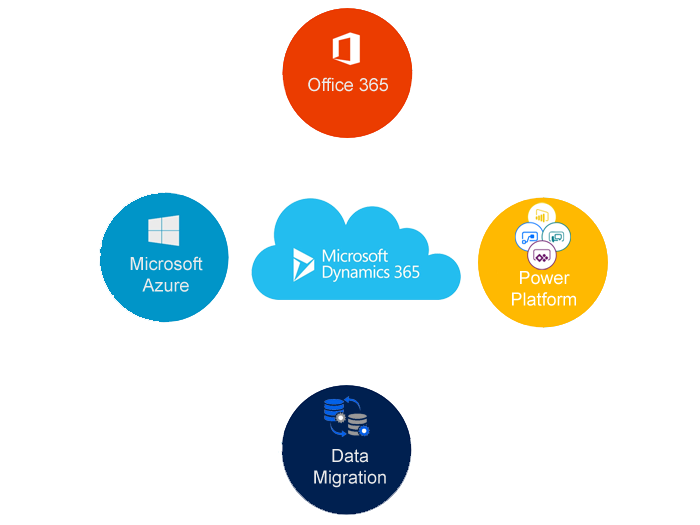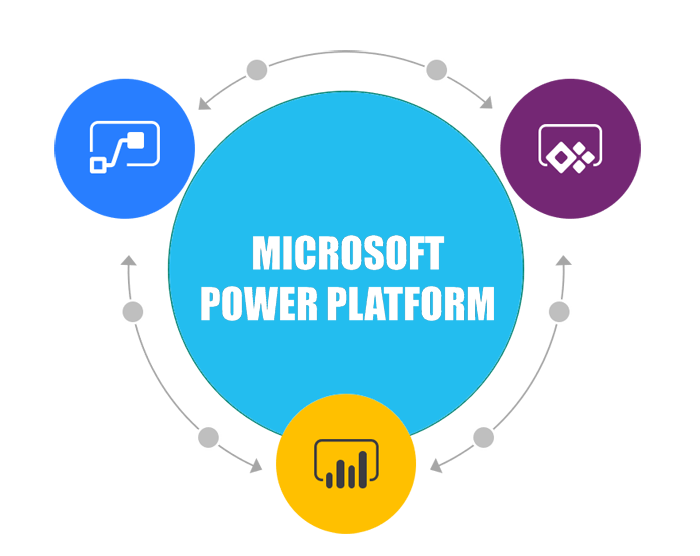Dynamics 365 Instances
An instance is a Dynamics 365 database
Large organisations might use separate instances for different departments or for testing
Data for each instance is stored in its own SQL Server database.
Hierarchy
Tenant
|
—-|—————————————-|————————————|
Office 365 subscription Dynamics 365 Subscription
|
|
| |
Production Instance Training Instance
Instance Types
_ An instance can be for
– Production purposes
– Non-production purposes, referred to as a Sandbox instance.
Sandbox Instances
_ Non- Production purposes include:
– Training
– Development
– Testing of third -party add-ons
– Upgrade testing
Purchasing Instances
_ Production and Sandbox instances are purchased as add- ons for a subscription
– Add-ons cannot be purchased for trials



